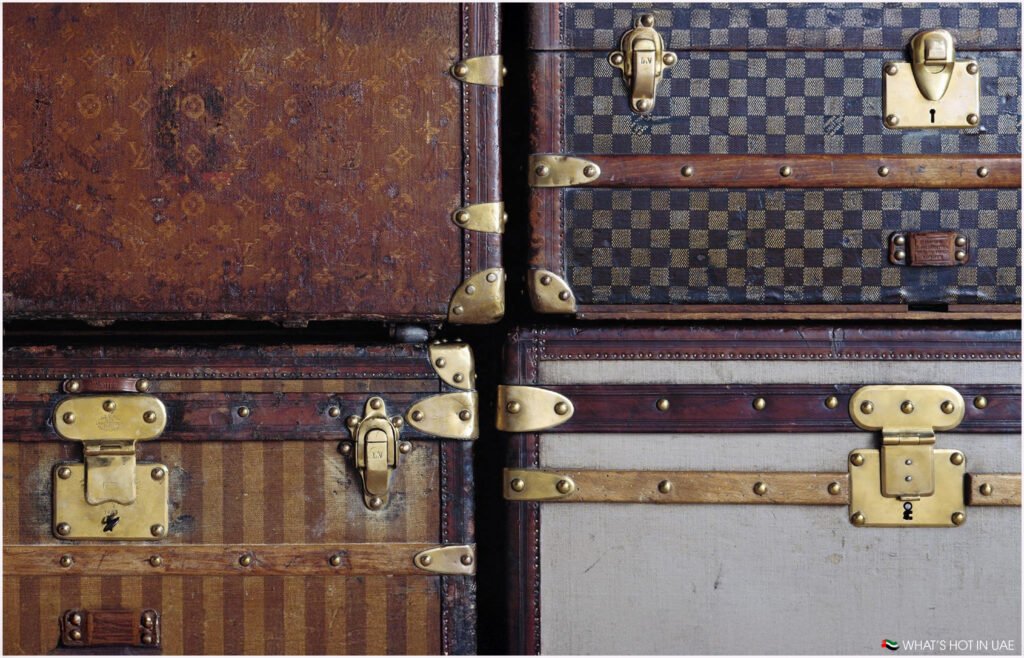When I think of Louis Vuitton, I think of Parisian elegance fused with adventure — a brand that began with a teenager walking 400 kilometres on foot and grew into a global symbol of status and craftsmanship. The ultimate history of Louis Vuitton story is not just a corporate timeline; it’s the tale of a stubborn dreamer, a family that never settled for “good enough”, and a vision of travel that redefined luxury.
I’ve spent years researching fashion history, and in the world of designer heritage, few stories are as rich, layered, and surprisingly human as that of Louis Vuitton. This is a journey that stretches from rural France to the world’s most exclusive runways, shaped by wars, ocean voyages, royal patronage, and fearless design innovation.
From a Village in the Jura Mountains to Paris
Louis Vuitton was born in 1821 in Anchay, a tiny village in the Jura Mountains of eastern France. His family were tradespeople — carpenters, farmers, and milliners — with no hint of the glamour that would one day be associated with his name. The young Louis, restless and strong-willed, decided at just 13 years old that he wanted more. He left home without fanfare and began walking to Paris.
That journey took over two years, with Louis taking odd jobs to pay his way. Imagine trudging along dirt roads in the early 19th century, with steam trains still a novelty and most journeys made on foot or horseback. It’s this grit and resilience that would later define his approach to craftsmanship.
By the time he reached Paris in 1837, the city was alive with industry, commerce, and culture. Louis found work as an apprentice to Monsieur Maréchal, one of the city’s most respected box-makers. These were not shoeboxes or crates; they were handcrafted travel chests designed to protect delicate possessions from the brutal realities of 19th-century travel. It was meticulous, highly skilled work, and Louis thrived.
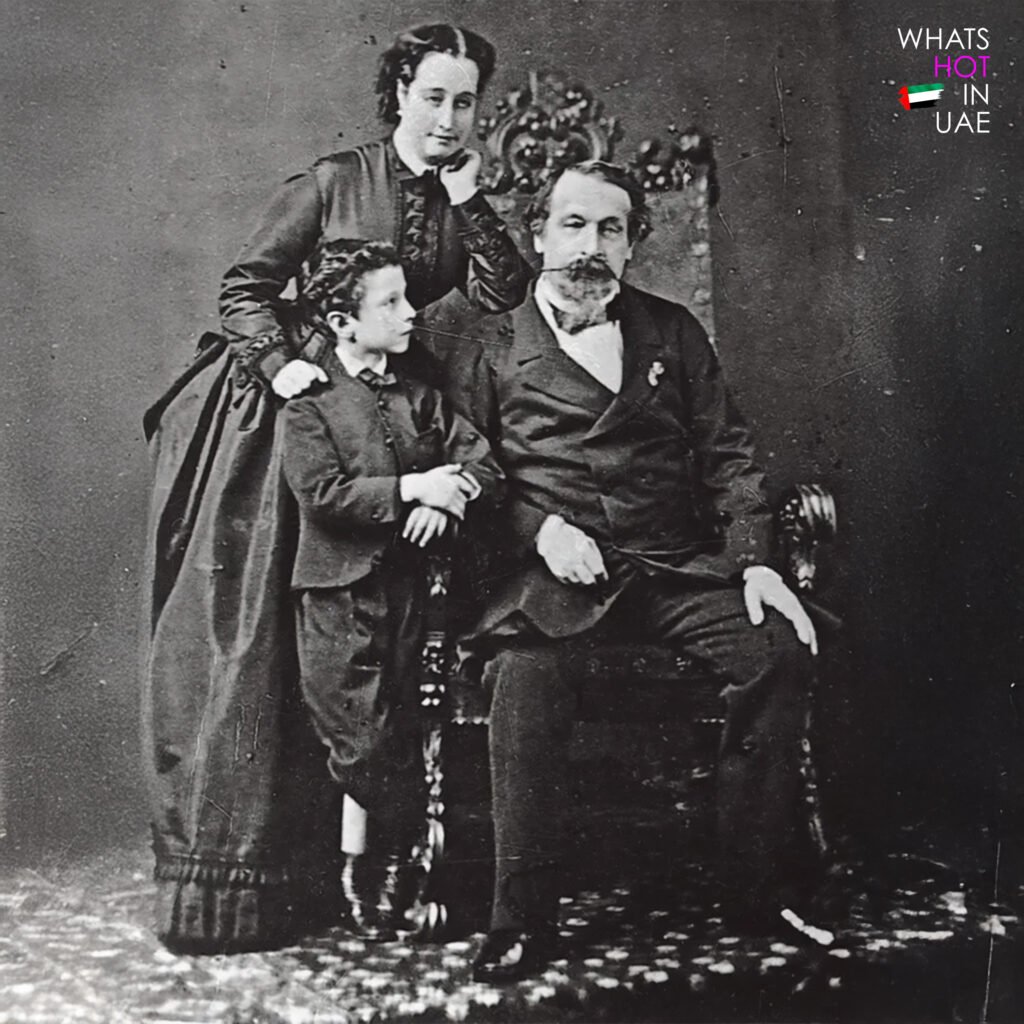
The Breakthrough: Royal Patronage and the First Workshop
Louis’ reputation grew quickly. His big break came in 1853 when Empress Eugénie, wife of Napoleon III and France’s style icon of the time, appointed him as her personal box-maker. In a world where royal endorsement could make a career, this was the equivalent of being picked as the sole designer for a reigning celebrity monarch.
In 1854, Louis opened his own workshop on Rue Neuve-des-Capucines in Paris. He introduced flat-topped trunks covered in Trianon grey canvas — lighter, more durable, and more practical than the rounded-top leather chests popular at the time. This was not just an aesthetic change; it was a functional revolution. Flat trunks could be stacked in train carriages and ship holds, making them perfect for the golden age of steam travel.
Asnières: The Beating Heart of Vuitton Craftsmanship
By 1859, the demand for Louis’ trunks was so great that he opened a larger workshop in Asnières-sur-Seine, just outside Paris. The factory was as modern as any in its era — glass and metal construction flooded the workspace with light, and its proximity to the Seine allowed for easy transport of goods.
The Asnières site was more than a workshop; it was also the Vuitton family home. Even today, over 170 years later, it remains operational. Around 170 craftsmen still work there, producing custom luggage, leather goods, and special orders for some of the world’s most discerning clients.
Innovation in Security: The Unpickable Lock
By the late 19th century, luxury travel brought with it a new problem — theft. In 1886, Louis and his son Georges developed a groundbreaking lock system with two spring buckles, creating what became known as the Tumbler Lock. Georges was so confident in its security that he publicly challenged legendary escape artist Harry Houdini to break into a Vuitton trunk. Houdini never took up the offer, and the lock design remains in use today.
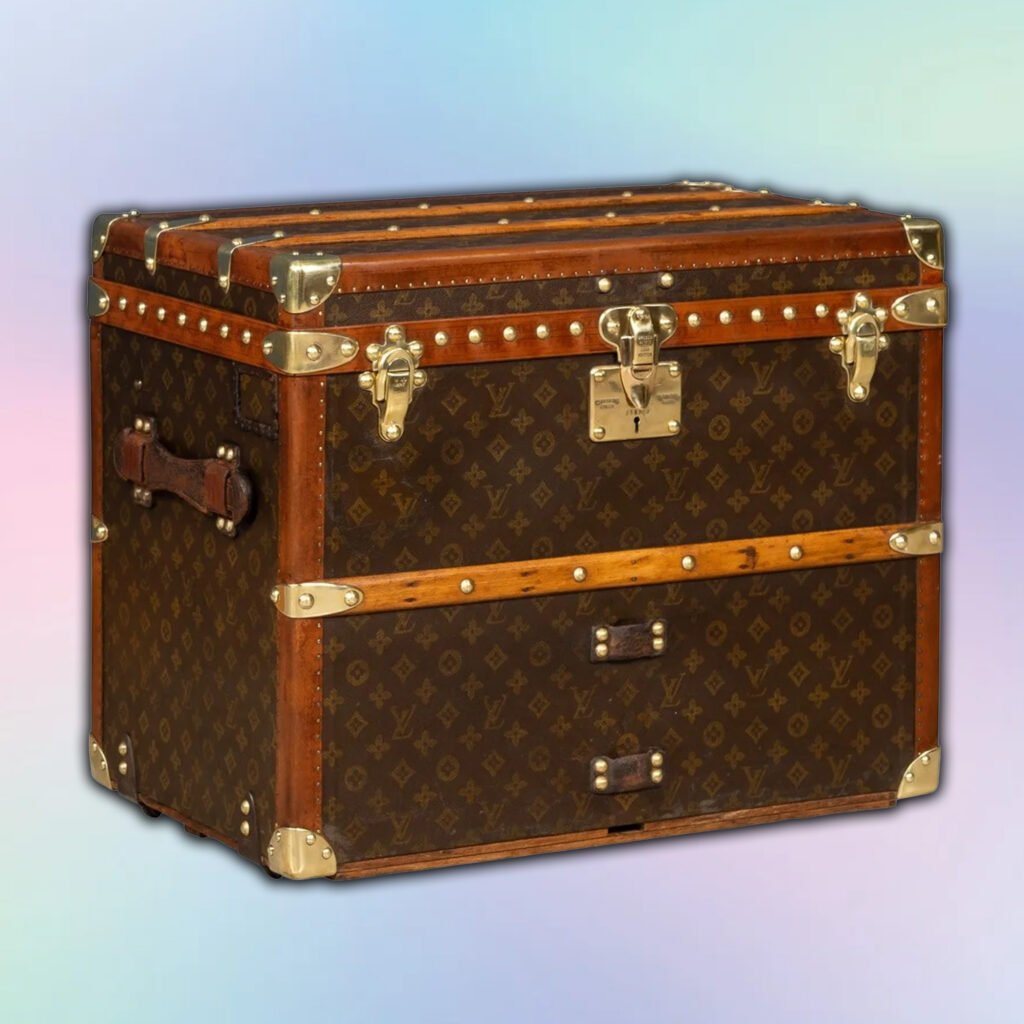
Expanding Horizons: The Damier Canvas and London Stores
In 1888, Georges introduced the Damier canvas — a checkerboard pattern that added both beauty and brand protection against counterfeiters. The pattern carried the discreet signature “marque L. Vuitton déposée” (L. Vuitton registered trademark). That same year, Vuitton opened its first London store on Oxford Street, later expanding to the Strand and New Bond Street, cementing the brand’s foothold in Britain’s elite fashion scene.
The Monogram and the Birth of a Global Icon
After Louis passed away in 1892, Georges took full control of the company. In 1896, he created the LV Monogram Canvas — with its quatrefoils, flowers, and interlocking LV initials — to deter copycats. Ironically, it became one of the most imitated designs in fashion history. The pattern’s roots draw from multiple cultural motifs, including the architecture of Venice’s Doge’s Palace, symbolising universality and timelessness.
Gaston-Louis Vuitton and the Spirit of Travel
Georges’ son, Gaston-Louis, joined the company in 1897. A collector of travel memorabilia and antiques, he infused the brand with a sense of storytelling and wanderlust. His designs weren’t just functional; they carried the romance of voyages to far-off lands. By the early 20th century, Vuitton products were accompanying explorers, aristocrats, and movie stars on their journeys.
The Champs-Élysées Flagship and Diversification
In 1914, Louis Vuitton opened the largest travel-goods store in the world at 70 Champs-Élysées. The Art Deco-influenced building became a Paris landmark.
During the early 20th century, the brand introduced innovative bags, including the Steamer (1901), the Keepall (1930), and the Noé (1932), designed for a champagne producer to carry five bottles. These designs were practical yet elegant, signalling Vuitton’s shift from purely luggage to luxury accessories.
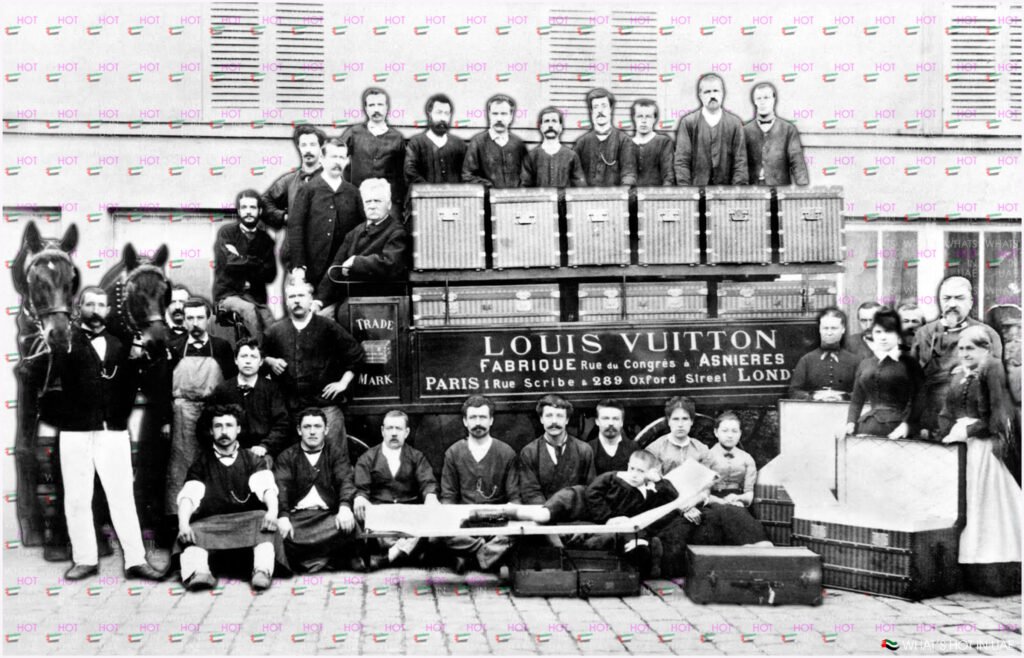
Surviving Wars and Economic Shifts
The company endured the upheavals of both World Wars, adapting its production and clientele. After Gaston-Louis’ death in 1970, Henry Racamier, his son-in-law, led the brand into an era of global expansion. By the 1980s, Louis Vuitton had 125 stores worldwide and annual sales in the hundreds of millions.
The LVMH Era and the Fusion of Fashion & Art
In 1987, Louis Vuitton merged with Moët Hennessy to form LVMH, now the largest luxury conglomerate in the world. This was a game-changer, giving the brand vast resources for expansion and diversification.
Marc Jacobs’ appointment as Creative Director in 1997 marked Vuitton’s full entry into ready-to-wear fashion. His collaborations with artists like Stephen Sprouse and Takashi Murakami blurred the lines between art and commerce, producing limited-edition collections that sold out instantly.
21st Century Collaborations and Cultural Moments
The 2000s saw Louis Vuitton embrace a new generation of consumers. From Kim Jones’ streetwear-infused menswear to Virgil Abloh’s groundbreaking tenure — which fused luxury tailoring with skate culture — the brand stayed relevant without losing its heritage.
Pharrell Williams’ 2023 appointment as Men’s Creative Director brought another wave of pop-cultural influence, debuting collections that combined his musical creativity with Vuitton’s craftsmanship.
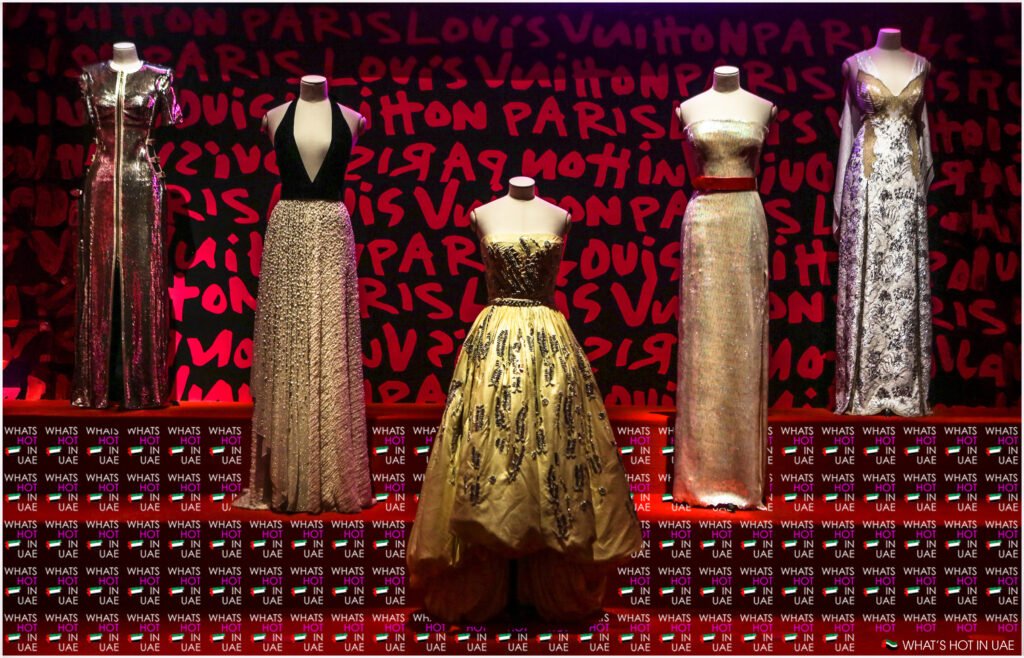
Louis Vuitton in the Middle East
Louis Vuitton’s arrival in the Middle East reflected the brand’s adaptability to regional markets. In Kuwait’s The Avenues Mall, the flagship store offered exclusive Haute Maroquinerie services, allowing clients to customise their leather goods. Dubai, Abu Dhabi, and Doha now boast some of the most architecturally striking Vuitton stores in the world, designed as much for experience as for shopping.
The Enduring Power of the Brand
What makes Louis Vuitton remarkable isn’t just its products — it’s the way the brand has stayed true to its founding principles while constantly evolving. Every LV trunk, bag, and accessory still carries the DNA of that teenage boy from Anchay, who believed that travel deserved beauty, durability, and imagination.
Today, whether you see it on the arm of a Hollywood actress at Cannes, stacked in the luggage compartment of a private jet, or in the window of a Dubai mall, Louis Vuitton remains the ultimate emblem of style meeting substance.



